In the context of housing prices in Ho Chi Minh City continuing to remain high, the solution to the housing problem may not only lie in selling prices, but in long-term population planning and distribution.
According to Savills Vietnam, the housing market in Ho Chi Minh City is still growing thanks to sustainable real housing demand and developed infrastructure, but fundamental factors such as planning, procedures and financial support mechanisms are the key to balancing supply and demand and controlling housing prices in the long term in a megacity like Ho Chi Minh City.
High real demand
According to Savills, housing supply in Ho Chi Minh City remains constrained by legal problems, while real demand remains high.
The imbalance between supply and demand has kept prices high, even though the market has not fluctuated much. In this context, infrastructure investment and population dispersion are considered fundamental solutions to help reduce pressure on the central area.
When socio -economic planning is linked with infrastructure, land allocation along traffic routes will help both commercial and social housing to be deployed faster, diversifying supply for buyers.
Typically, metro line No. 1, which will operate from December 2024, has shortened travel time from the center of Ho Chi Minh City to Binh Duong area to 20-30 minutes, opening up the possibility of forming new residential-commercial poles outside the central core area.
Ms. Cao Thi Thanh Huong, Senior Manager of Research Department at Savills Vietnam, commented: The issue of home ownership or solving housing needs does not only lie in the affordability of buyers, but is also a story of the country's socio-economic policy planning.
The State cannot directly intervene in the pricing strategy of real estate businesses, but should intervene by removing legal obstacles, planning new economic zones and investing in infrastructure to promote a more uniform urbanization process to spread out the population."
Along with infrastructure, financial support policies are also important pillars to expand housing access. Under the direction of the Government, the project to establish a National Housing Fund is being studied and is expected to be implemented in the near future.
Ms. Huong said that this is a model that has proven effective in Singapore and South Korea, where people can borrow at low interest rates for long periods, while businesses participating in the fund enjoy investment incentives and access to planned land funds.
“This model creates two-way benefits. Buyers receive reasonable financial support, while businesses are motivated to participate in developing affordable housing. When both sides benefit, the market will move towards a more balanced and sustainable state,” Ms. Huong shared.
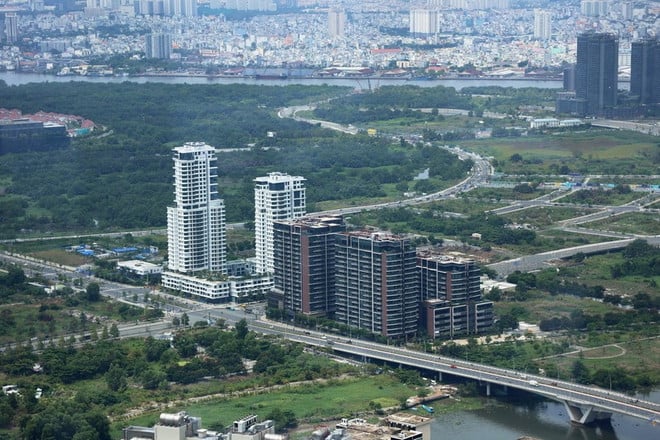
Real estate in the East of Ho Chi Minh City. (Photo: Hong Dat/VNA)
According to Avison Young Vietnam Company, after the merger, the long-term growth potential of neighboring areas and suburbs of Ho Chi Minh City is increasingly consolidated, promoting residential relocation and a multi-center urban development model.
Specifically, in contrast to the small number of new apartments in Ho Chi Minh City, the southern housing market is welcoming a large number of products in satellite areas, from commercial apartments, townhouses, villas to land plots, with quite accessible prices.
Tay Ninh (formerly Long An area) leads in primary supply of land and low-rise houses; while the former Binh Duong area (now Ho Chi Minh City) dominates in the number of newly opened apartments and land.
Besides the diverse supply, the price gap between Ho Chi Minh City and satellite areas is also a driving force to stimulate demand: land in Ho Chi Minh City is twice as expensive, apartments are 1.6-2.4 times higher; while townhouses and villas are 1.2-7 times more expensive.
Abundant and diverse products at affordable prices make these satellite areas increasingly attractive to young first-time homebuyers and middle-class households in need of more spacious accommodation.
Key transport infrastructure projects such as beltways, expressways and metro lines help shorten travel time between the core area of Ho Chi Minh City and satellite areas.
As accessibility to areas improves, property values increase. On the one hand, this encourages businesses to seek new land and develop affordable products. On the other hand, as the cost of living in the city center becomes more expensive, people tend to move to satellite areas.
Localities adjacent to Ho Chi Minh City such as Dong Nai and Tay Ninh are bright spots in attracting FDI capital, thereby creating many job opportunities and increasing the mechanical population, thereby promoting housing demand, mainly from migrant workers who need to settle down, investors in serviced apartments for rent, middle-income and low-income people who need social housing or affordable long-term rental housing.
Inter-regional infrastructure strengthens population migration trends
Each satellite area has its own real estate advantages, in which the former Binh Duong area, thanks to its advantages in population, land fund and traffic infrastructure, has the potential to develop many types of housing from commercial apartments, land plots, to townhouses and villas.
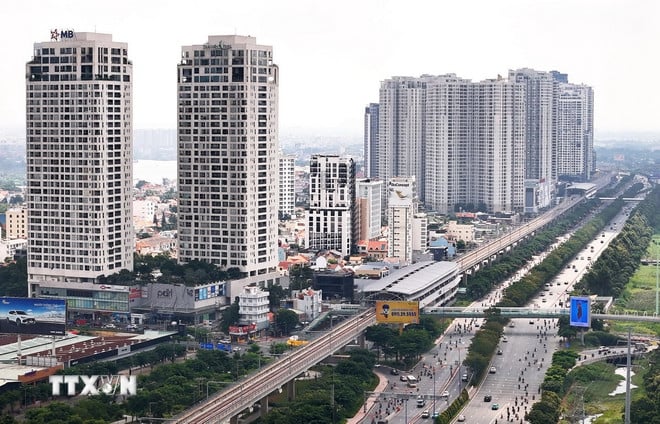
Apartment buildings along metro line No. 1 and Vo Nguyen Giap Avenue, Thu Duc City. (Photo: Hong Dat/VNA)
Ba Ria-Vung Tau area takes advantage of its tourism strengths and second-home investment trends to continue developing resort real estate, including condotels, townhouses and resort villas located in coastal urban areas.
Dong Nai and Tay Ninh (formerly Long An), thanks to their large land fund and landscape, are favorable for the development of large-scale urban areas, focusing on low-rise housing. This clear division of roles will create a multi-polar urban ecosystem, complementing Ho Chi Minh City, as well as diversifying housing and investment options.
“The old Long An and Binh Duong areas are two markets with potential for sustainable growth. Dong Nai is expected to make a breakthrough when Long Thanh airport is operational and the expressways are completed. The Ba Ria-Vung Tau area has great potential in the resort-hotel segment, the growth momentum is linked to connecting infrastructure and its strategic location as one of the main maritime gateways of the new Ho Chi Minh City,” added Mr. David Jackson, General Director of Avison Young Vietnam.
Similarly, experts from Savills Vietnam believe that when infrastructure, planning and financial mechanisms are implemented synchronously, Ho Chi Minh City will have the conditions to solve the problem of population dispersion, balance supply and demand and stabilize long-term housing prices.
Expanding urban space towards regional connectivity not only helps redistribute population density, but also creates room for development for segments suitable for real home buyers.
“If we want to solve the housing problem at its root, we need to see this as a matter of policy and planning, not simply a business matter of enterprises in the market,” Ms. Huong shared.
Regarding the orientation of urban development in the coming time, the Resolution of the 1st Congress of the Ho Chi Minh City Party Committee also determined to improve the effectiveness of state management of planning; invest in the complete construction of Thu Thiem New Urban Area before 2030; start the second phase of Phu My Hung Urban Area, speed up the progress of Can Gio coastal urban area; implement new projects, Vung Tau urban upgrading projects; Long Hai-Phuoc Hai-Ho Tram-Phu My coastal urban axis.
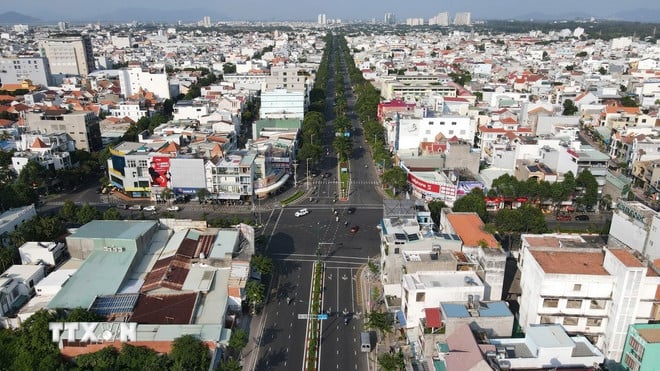
A corner of Vung Tau ward. (Photo: Hoang Nhi/VNA)
Developing a smart urban chain connecting the center of Ho Chi Minh City - Di An - Thuan An - Thu Dau Mot - Ben Cat - Phu My; urban and service axis Phu My - Long Thanh International Airport; new urban areas around traffic points connecting beltways and highways.
At the same time, to achieve the goal of having 199,400 more social housing units by the end of 2030, Ho Chi Minh City focuses on solutions that synchronously combine urban renovation and beautification with new urban development, encourage the use of new materials, green, renewable, and environmentally friendly energy; continue to relocate and eliminate temporary houses on and along canals and ditches; renovate, repair or build new ones to replace old apartments; upgrade and beautify existing residential areas; build and develop social housing, and reorganize people's lives.
It can be said that if well managed, the trend of population dispersion and multi-center urban development will not only help reduce housing pressure in Ho Chi Minh City but can also open a period of balanced growth for the southern residential real estate market./.
Source: VNA
Source: https://htv.com.vn/quy-hoach-va-ha-tang-chia-khoa-can-bang-thi-truong-nha-o-thanh-pho-ho-chi-minh-222251022093511027.htm


![[Photo] Prime Minister Pham Minh Chinh chairs meeting on nuclear power plant construction](https://vphoto.vietnam.vn/thumb/1200x675/vietnam/resource/IMAGE/2025/10/22/1761137852450_dsc-9299-jpg.webp)
![[Photo] Da Nang: Shock forces protect people's lives and property from natural disasters](https://vphoto.vietnam.vn/thumb/1200x675/vietnam/resource/IMAGE/2025/10/22/1761145662726_ndo_tr_z7144555003331-7912dd3d47479764c3df11043a705f22-3095-jpg.webp)



![[Photo] Award Ceremony of the Political Contest on Protecting the Party's Ideological Foundation](https://vphoto.vietnam.vn/thumb/1200x675/vietnam/resource/IMAGE/2025/10/22/1761151665557_giaia-jpg.webp)




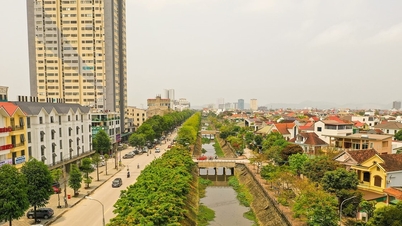











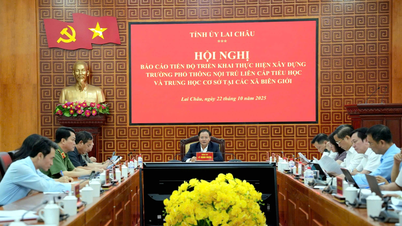
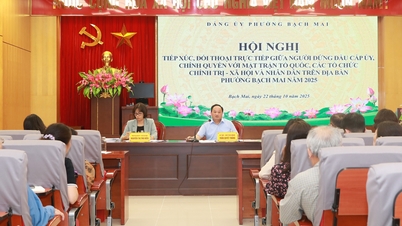
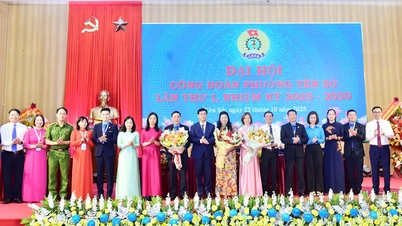
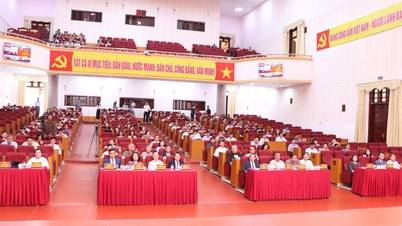

![[Photo] Comrade Nguyen Duy Ngoc visited and worked at SITRA Innovation Fund and ICEYE Space Technology Company](https://vphoto.vietnam.vn/thumb/1200x675/vietnam/resource/IMAGE/2025/10/23/1761174470916_dcngoc1-jpg.webp)
![[Photo] General Secretary To Lam and his wife begin their official visit to Bulgaria](https://vphoto.vietnam.vn/thumb/1200x675/vietnam/resource/IMAGE/2025/10/23/1761174468226_tbtpn5-jpg.webp)
























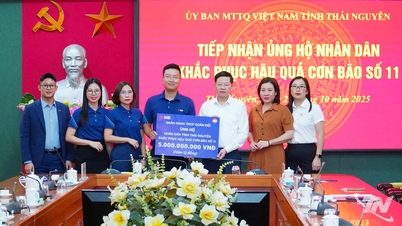



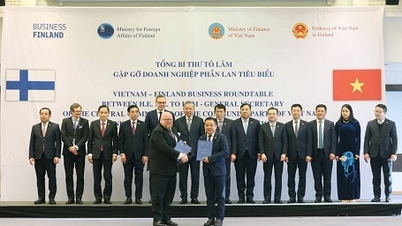












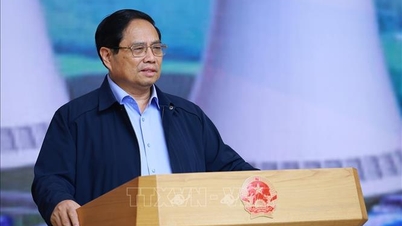




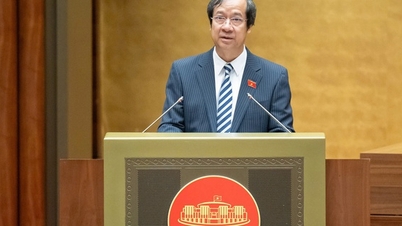



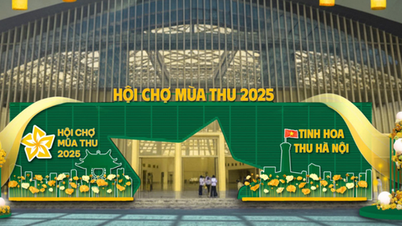
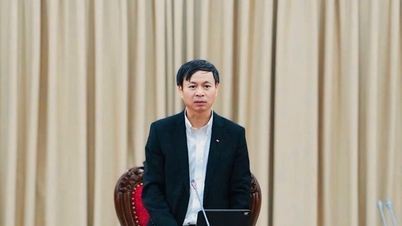








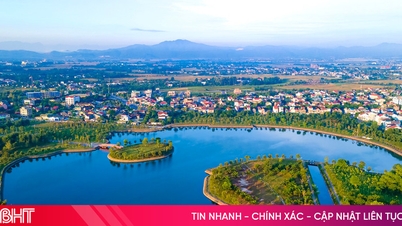











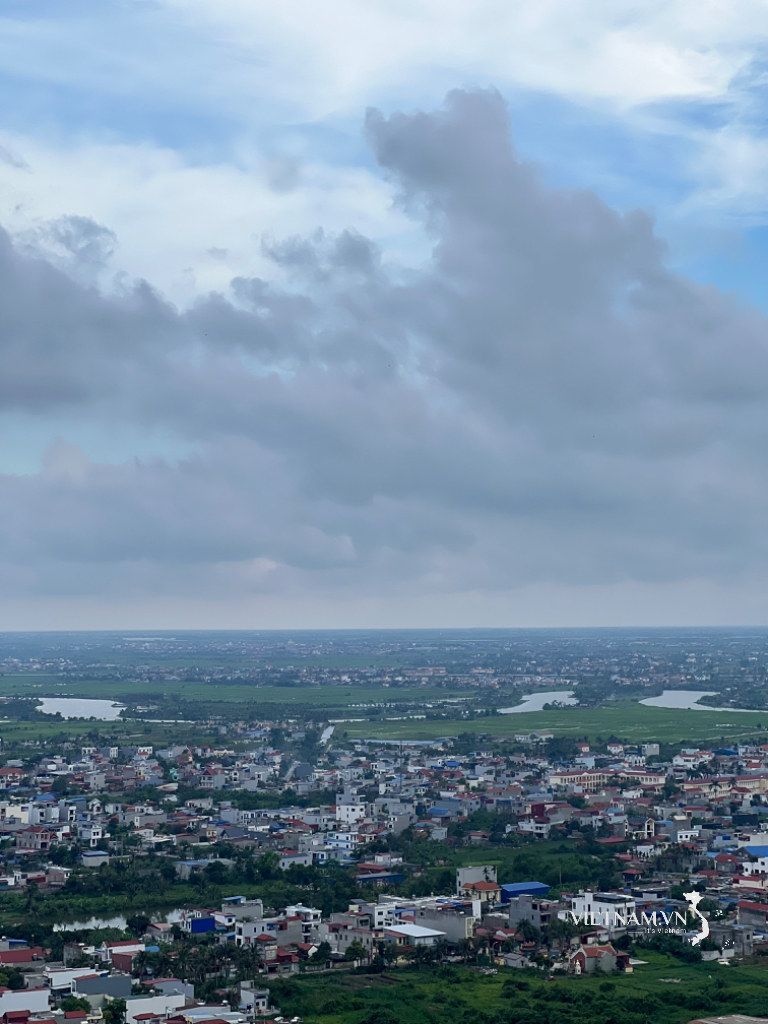
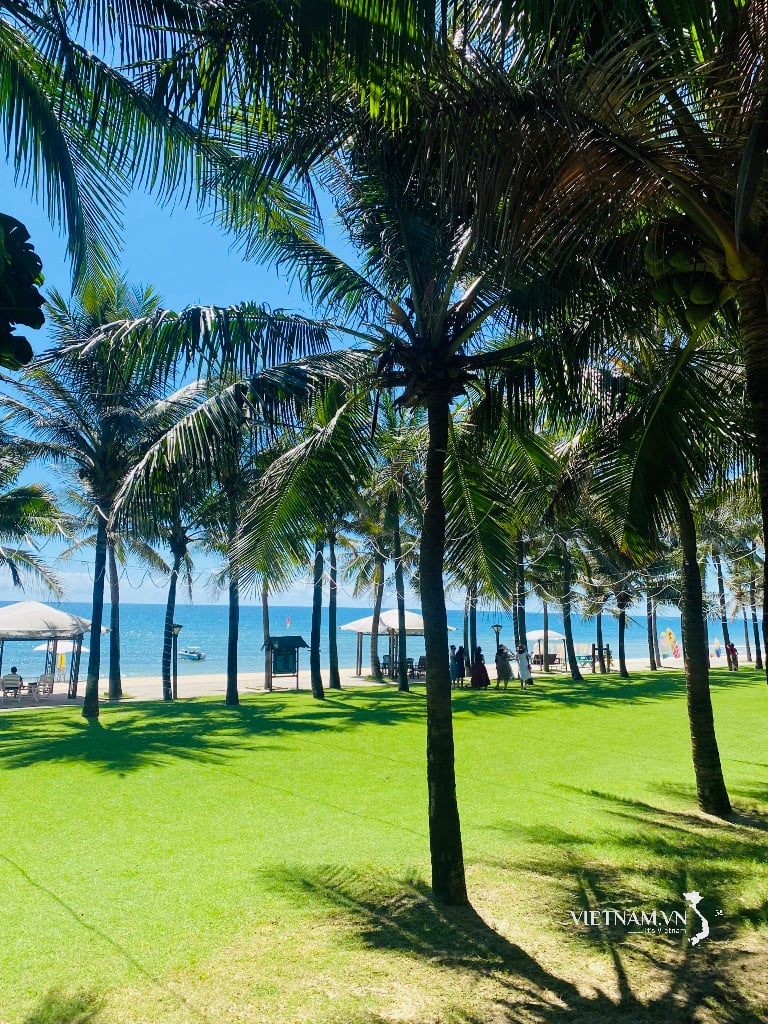

Comment (0)